How to treat cabbage from pests with ammonia
The treatment of cabbage with ammonia is suitable for both ardent opponents of chemicals and loyal amateur vegetable growers who use any effective means of feeding and pest control in their gardens.
Content
- 1 The composition and properties of ammonia
- 2 Nitrogen value for cabbage
- 3 Ammonia instead of fertilizers
- 4 Ammonia against cabbage pests
- 5 How to get rid of slugs and snails
- 6 Elimination of cabbage aphids
- 7 How to protect cabbage leaves from cabbage whites
- 8 Salmon from a bear
- 9 Peking cabbage with ammonia
The composition and properties of ammonia
Traditional use of ammonia in everyday life: removing stains, cleaning suede shoes, washing mirrors, glass. At home, with its help, they bring people to their senses with fainting. You can buy ammonia freely at any pharmacy. An aqueous solution of ammonia is sold without a prescription.
The alcohol is packaged in small bottles (40 ml). In appearance, it is an absolutely transparent liquid, the pungent smell of ammonia is difficult to confuse with anything. For gardeners it is of double interest. Firstly, the smell can scare away insects, and secondly, ammonia contains nitrogen in a form available to all plant species.
Nitrogen value for cabbage
With a lack of nitrogen, in white cabbage, heads of cabbage do not gain the required weight, the leaves of young plants are pale green or yellow-green, in adult plants, old leaves lose their green color, becoming brown, and dry out prematurely.
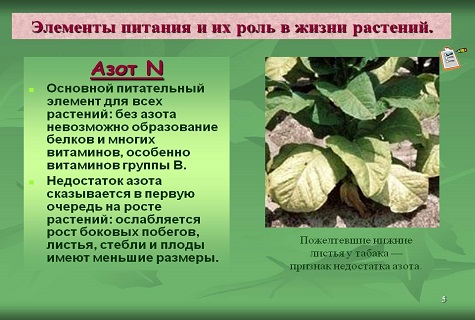
To replenish the nitrogen deficiency in cabbage, an aqueous solution of one of the fertilizers is traditionally used:
- urea (nitrogen 46%);
- ammonium nitrate (nitrogen 35%);
- ammonium sulfate (nitrogen 21%).
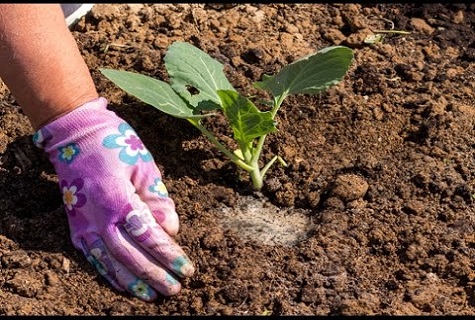
Inquisitive gardeners have adapted a medicine to eliminate nitrogen deficiency. For comparison, ammonia contains 82% nitrogen.
Ammonia instead of fertilizers
Growth retardation, pale coloration of the leaves of cabbage are alarming signals that indicate a lack of nitrogen. When preparing a solution, you need to know how to dilute, and take into account the high concentration of nitrogen. An excess of nitrogen is no less harmful than a deficiency. And the summer resident does not need extra nitrates in the heads of cabbage.
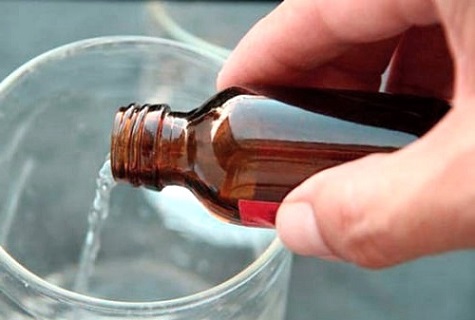
The people have a proven recipe for cabbage, which includes 10% ammonia. For 5 liters of water, 50 ml of the product will be needed. An aqueous solution of ammonia is required to water the cabbage under the root. A single feeding will not give results. To achieve the result, ammonia therapy is performed at weekly intervals several times.
Top dressing can be stopped after the symptoms of nitrogen deficiency disappear.
Ammonia against cabbage pests
Cabbage leaves, when grown from seedlings to a tight head of cabbage, are exposed to pests. The sad picture of leaves eaten by caterpillars is familiar to every gardener.Cabbage is eaten not only by caterpillars; bears, slugs, aphids, butterflies, small cruciferous fleas, scoops, cabbage moth larvae love it. After a single treatment of cabbage from pests with ammonia, the insects will not disappear, they will have to be processed several times, the number of treatments depends on the type of pest.
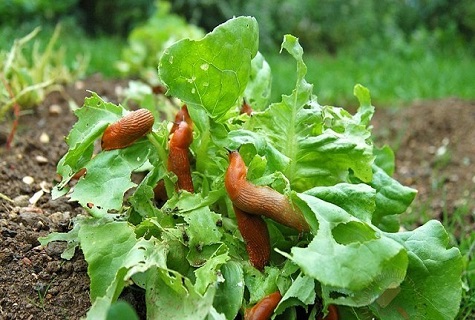
How to get rid of slugs and snails
Gluttonous slugs and snails, crawling out at night, cause significant damage to cabbage. If you let the problem take its course, do not actively fight slugs, they will destroy the entire crop. It is difficult to fight the night gluttons, they eat up the leaves at night, and during the day they crawl into the earthen burrows.
An aqueous solution of ammonia helps from slugs on cabbage. Stir a total of 40 ml of ammonia in 6 liters of water. First, thoroughly spray the lower surface of the outer leaves with ammonia water, water the root zone with the remaining solution. Withstand a 30 minute pause, repeat the procedure in the same sequence.
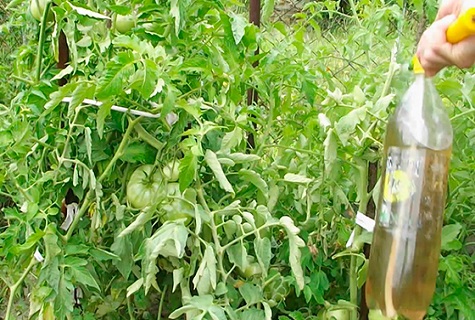
Insects under the influence of ammonia will crawl out of their shelters. Then everything depends on the agility of the gardener, the faster he removes them, the more benefits from this treatment. This method is not instantaneous, but it is absolutely safe for human health. Watering cabbage from slugs, it is fed at the same time, other fertilizers containing nitrogen are not needed at this time.
Elimination of cabbage aphids
Young cabbage plantings suffer from cabbage aphids. It is difficult to notice a small pest in time, the light green color of aphids makes it invisible. They learn about the problem after the appearance of many eaten holes on the sheet surface. Leaves, eaten by aphids, curl. Young cabbage may die.
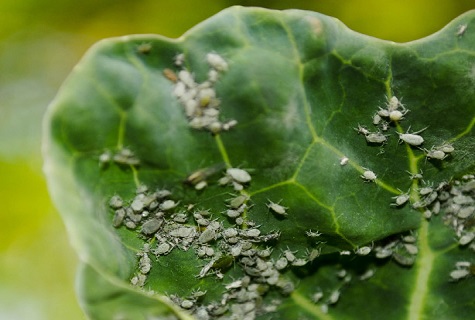
There are many recipes on how to get rid of aphids without chemicals. Laundry soap and ammonia are used against aphids. Cooking doesn't take long. Grate the soap or cut with a knife, dilute in warm water, pour into a bucket (10 l) with water. Add 3 tbsp before processing. l. ammonia.
Soap is an indispensable component of the folk remedy, it creates a film on the surface of the leaves after spraying, extending the duration of the folk remedy. The treatment will have to be repeated after 2 weeks. By this time, new adult aphids may appear from the larvae laid by the females.
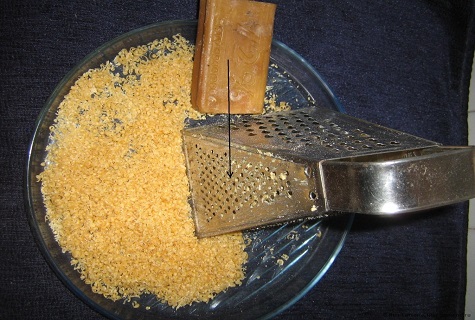
How to protect cabbage leaves from cabbage whites
A familiar picture - on a sunny summer day, white butterflies flutter in the garden, which is not an idyll. But if there are at least a few heads of cabbage in the garden, the mood spoils. After a massive summer of white butterflies, you have to wait for caterpillars. The caterpillar lives a little less than a month, pupates and again turns into butterflies. In temperate climates, in the absence of a struggle, one should expect up to 3 generations of voracious caterpillars.

You can get rid of caterpillars on cabbage in different ways:
- stretch the transparent mesh;
- plant marigolds;
- use insecticides;
- use safe folk remedies.
Folk remedies are safe for humans. Most often, they prefer the use of fragrant repelling herbal infusions. You can get rid of the caterpillars much faster with ammonia and vinegar.
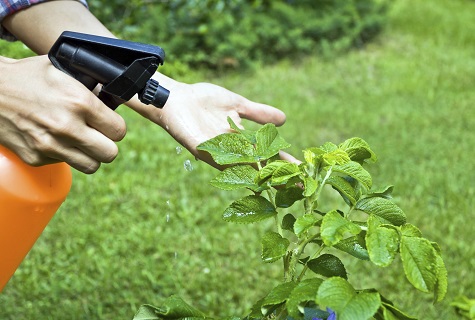
A bucket of water will need 50 ml of ammonia and 1 tbsp. l. essence of vinegar 70%. You cannot water the cabbage with the resulting solution, you can thoroughly spray the cabbage from pests in the evening. Keeping in mind the breeding cycles of the whitetail butterfly, process the cabbage several times over the summer. The use of such a solution helps to get rid of not only the caterpillars of the whiteworm butterfly, it is effective against the caterpillars of moths: cabbage scoop, cabbage moth.
Salmon from a bear
Medvedka prefers plants from the cruciferous family... Her favorite food is cabbage.Cope with the bear is difficult. The insect quickly moves through the air, settles in the ground, digging holes in the same place, and reproduces. To exclude the use of toxic drugs, experienced gardeners take a number of preventive measures:
- in the fall, deep digging of the ridge is carried out (25-30 cm);
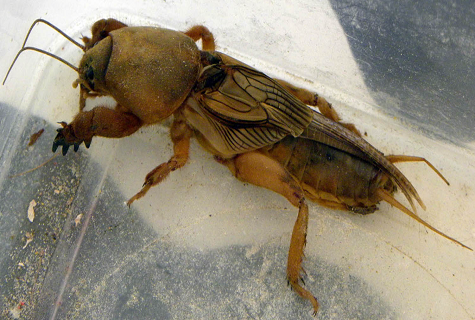
- in the spring, before sowing cabbage along the perimeter of the ridge, marigolds are planted;
- in the fall, manure traps are prepared in the ground.
All these measures will not give 100% of the result if in the spring, after planting cabbage seedlings, the ground is not treated with a solution prepared from water and ammonia. You need only 10 ml of ammonia, dilute in a bucket of water and water each plant. One-time watering in the spring is enough. All summer the bear will not encroach on this ridge.
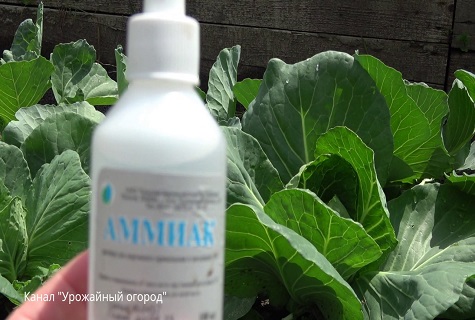
Peking cabbage with ammonia
Chinese cabbage planted by many summer residents: fast, tasty, healthy. But often, delicate leaves become a haven for insect pests. Holes in the outer leaves worsen the presentation of the heads of cabbage, reduce the useful yield.
Most often, the leaves are attacked by a cruciferous flea, it is especially dangerous in the initial period, when the leaves have not yet rolled into the head. Gardeners, in the fight against cruciferous flea, resort to ammonia. Peking cabbage is not forbidden to eat in the near future, without fear of consequences.

The cooking process is very simple: a bucket of water is taken, a small amount of liquid soap is dissolved in it and 2 tbsp is added. l ammonia. Pour this water on not only the leaves, but also the earth. The cruciferous flea can be found not only on the leaves, it, jumping, moves along the ground. Such watering will additionally prevent diseases, since with the help of ammonia it will provide plants with nitrogen in an easily assimilable form.
Each vegetable grower decides for himself which means of struggle to opt for. The main criterion is minimal harm to health.
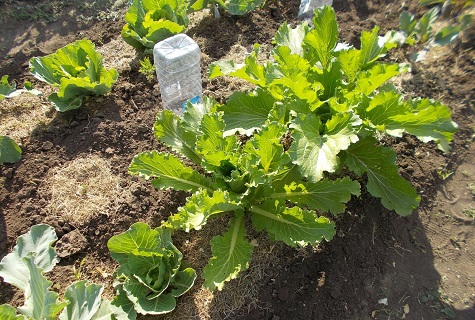
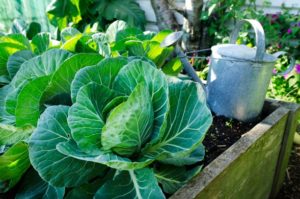


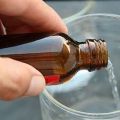
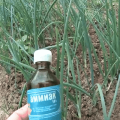

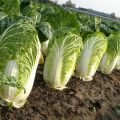

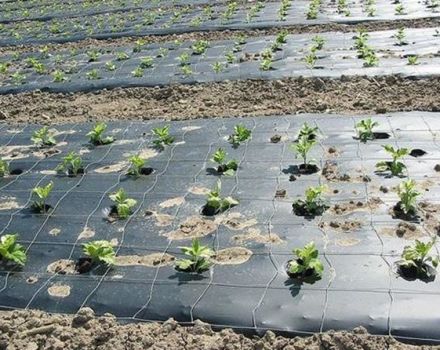
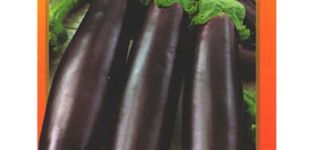
Ammonia helps to get rid of literally all pests. It is very important to respect the proportions, otherwise you can harm the crop. A similar tool can be used for prevention.